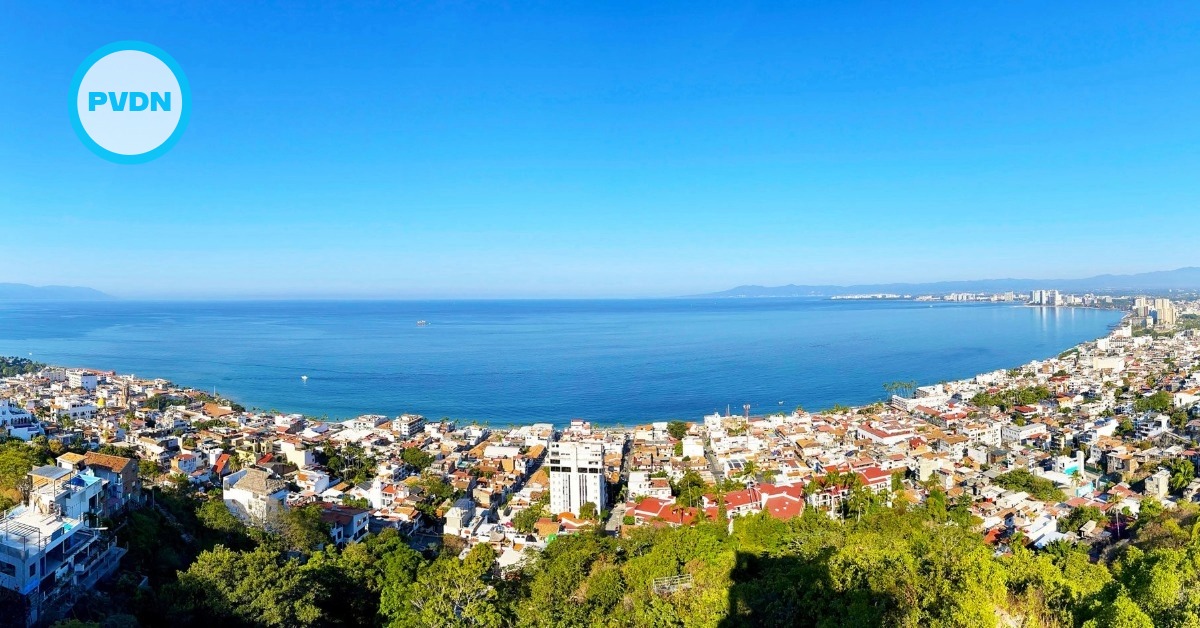Puerto Vallarta, Mexico - Tourism continues to be a major engine for growth in the real estate market, as an ever-increasing number of visitors drive the demand for accommodations. Investors are increasingly attracted to vacation rentals and strategic property resales, spurred by high occupancy rates and robust returns in top tourist destinations.






